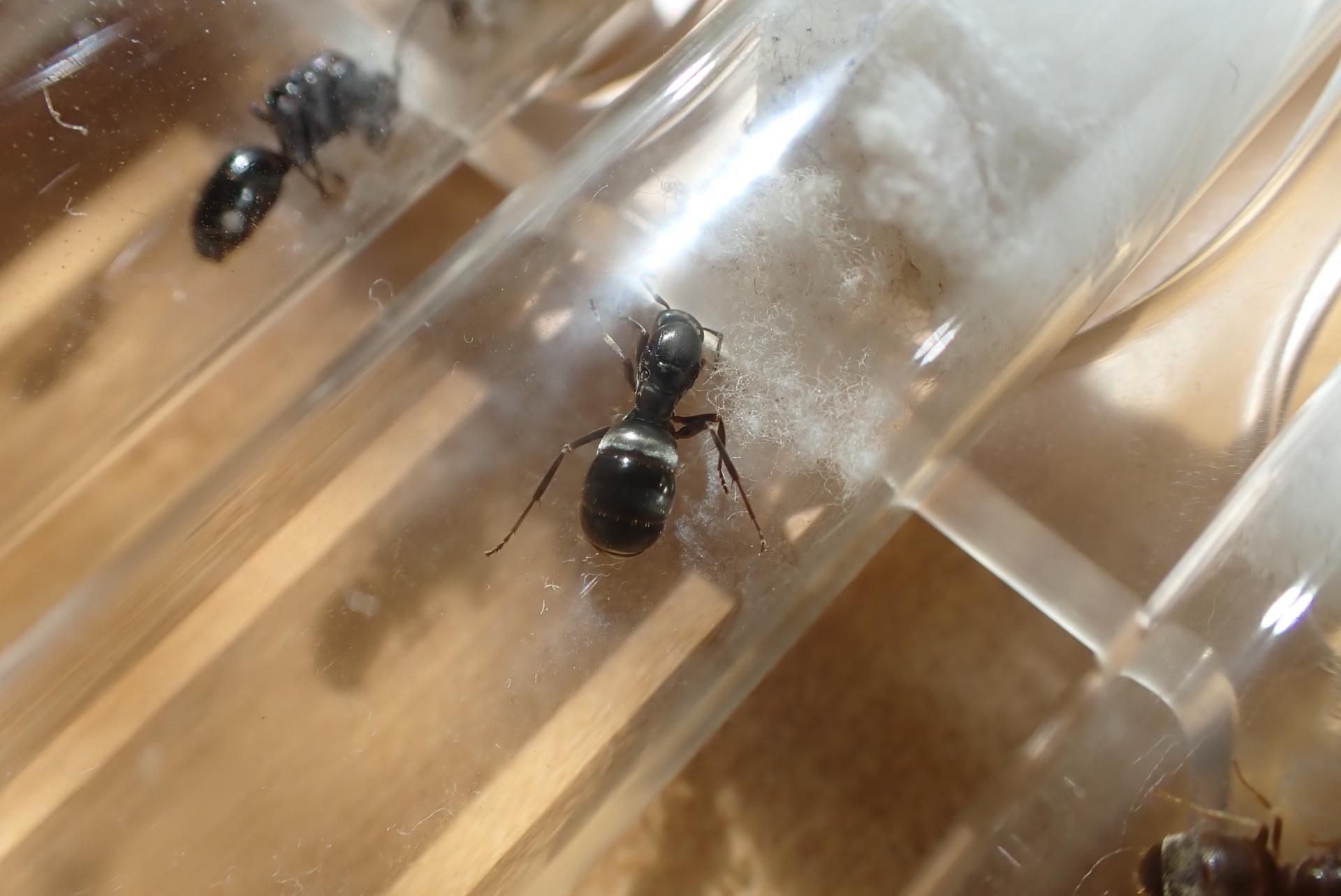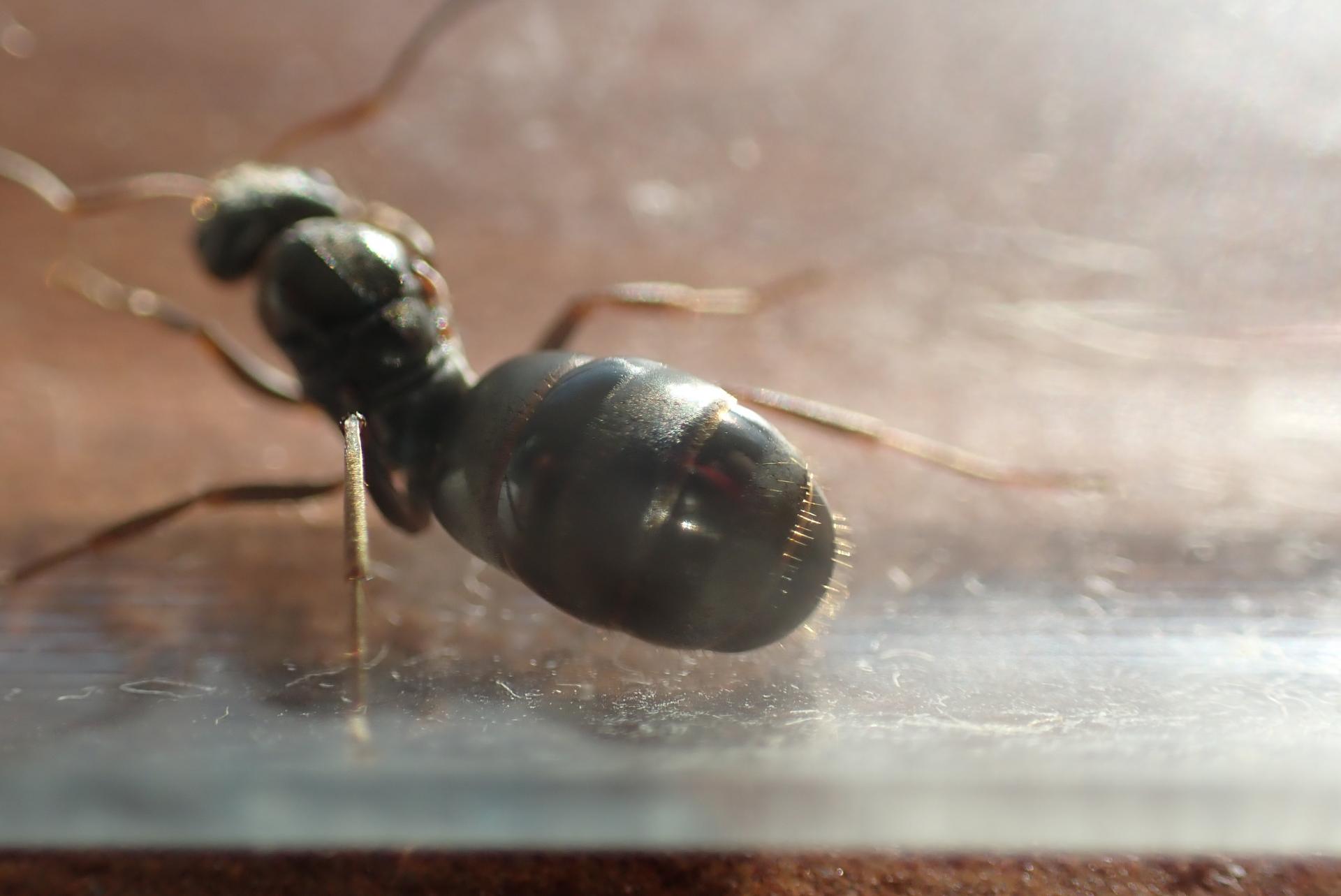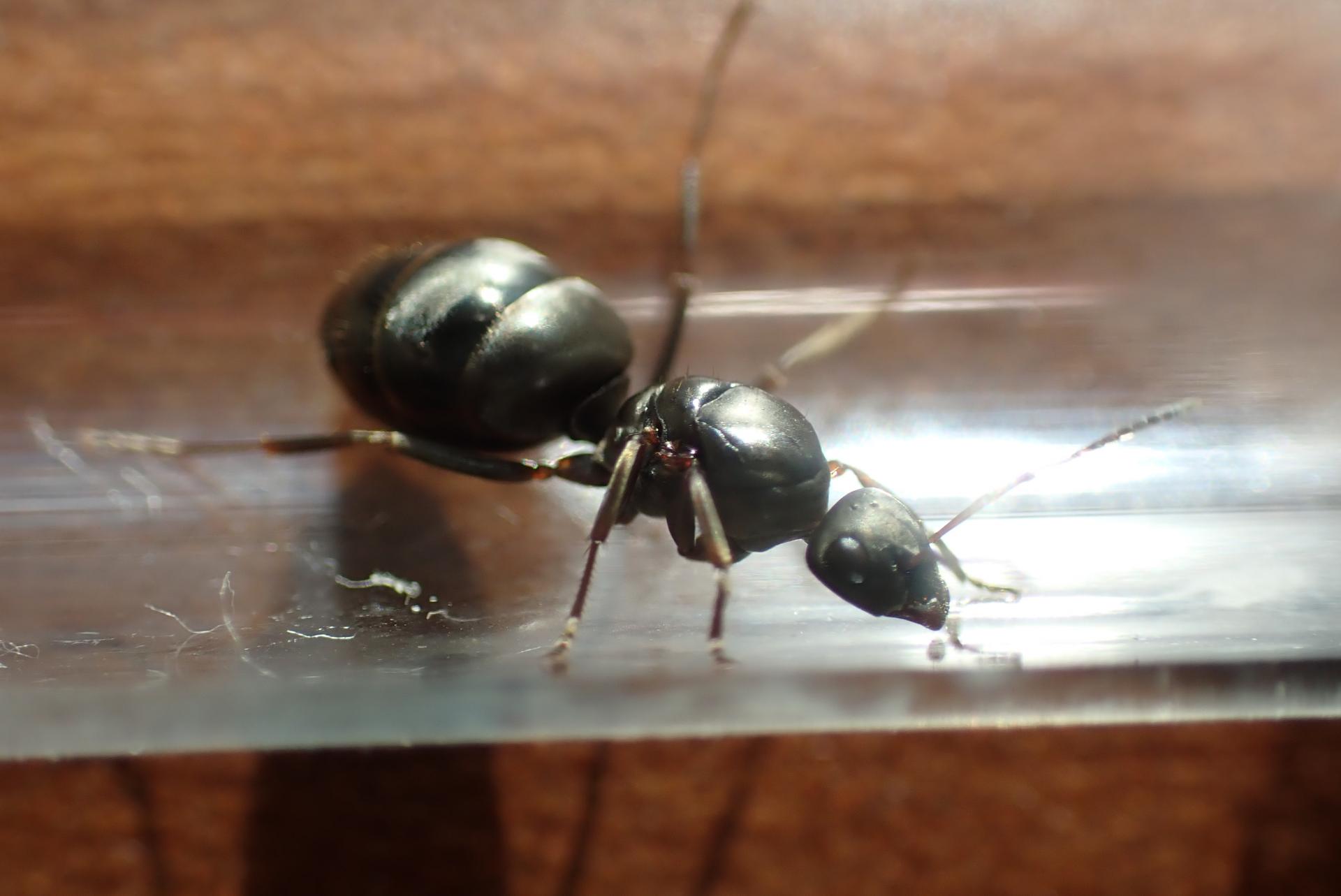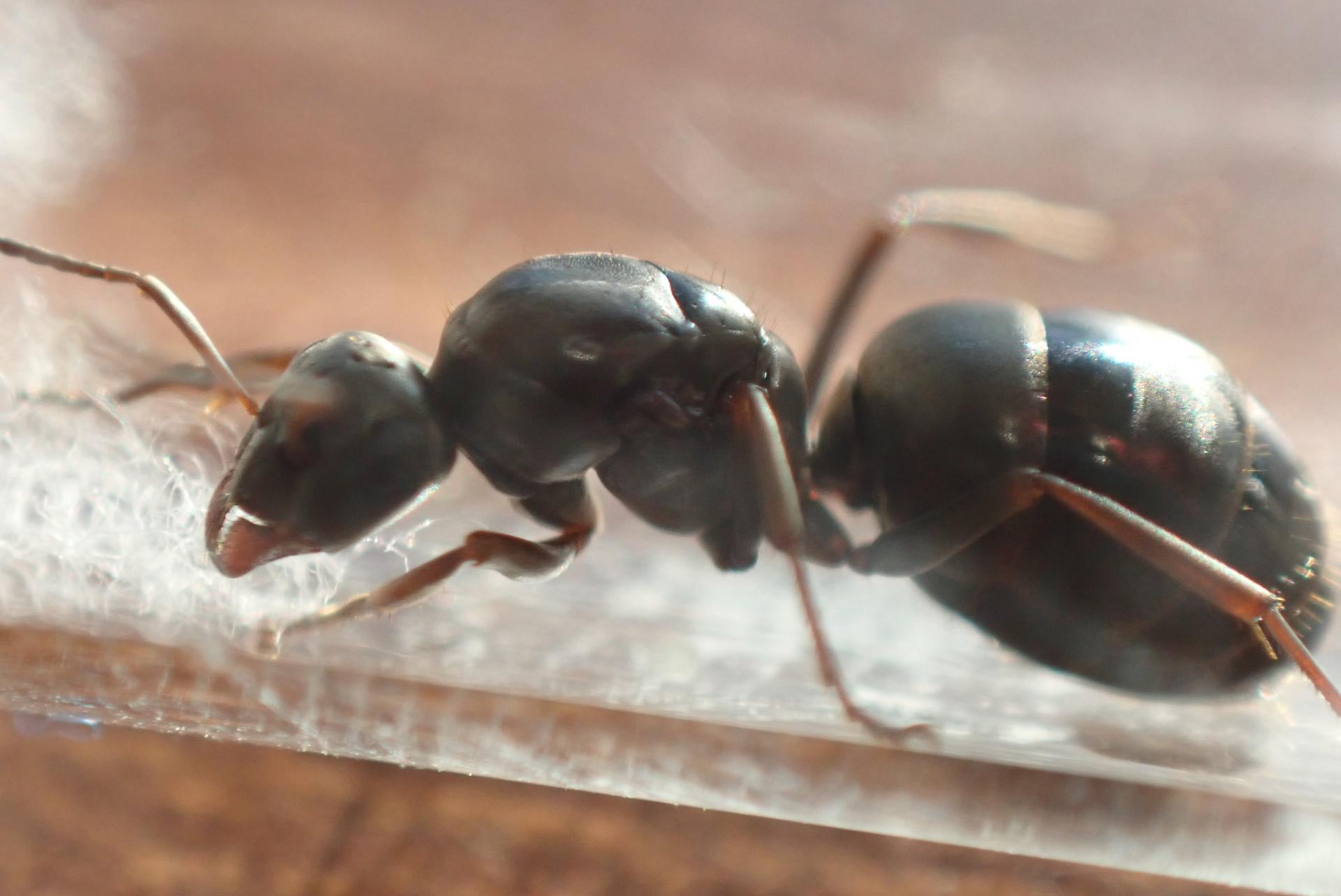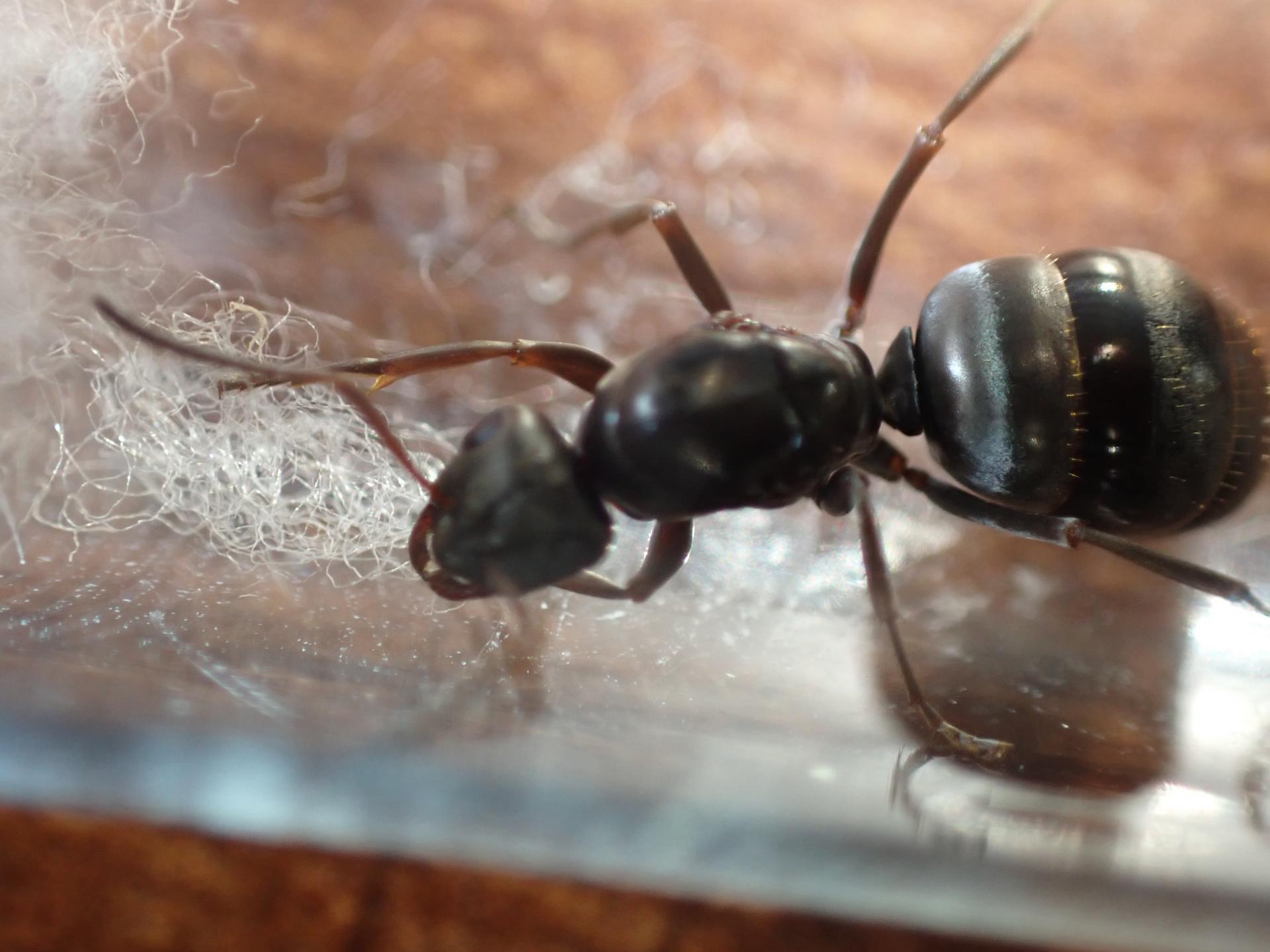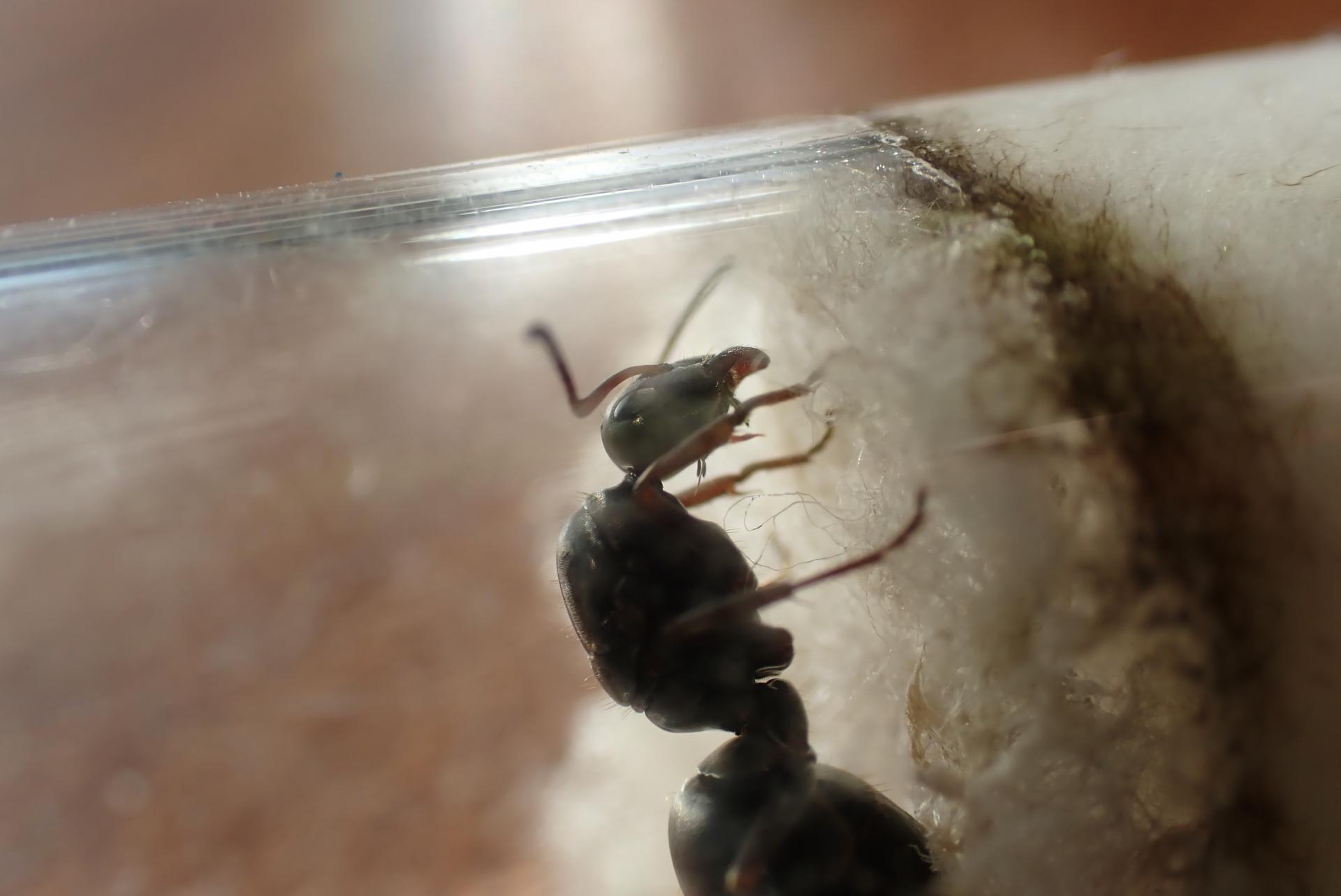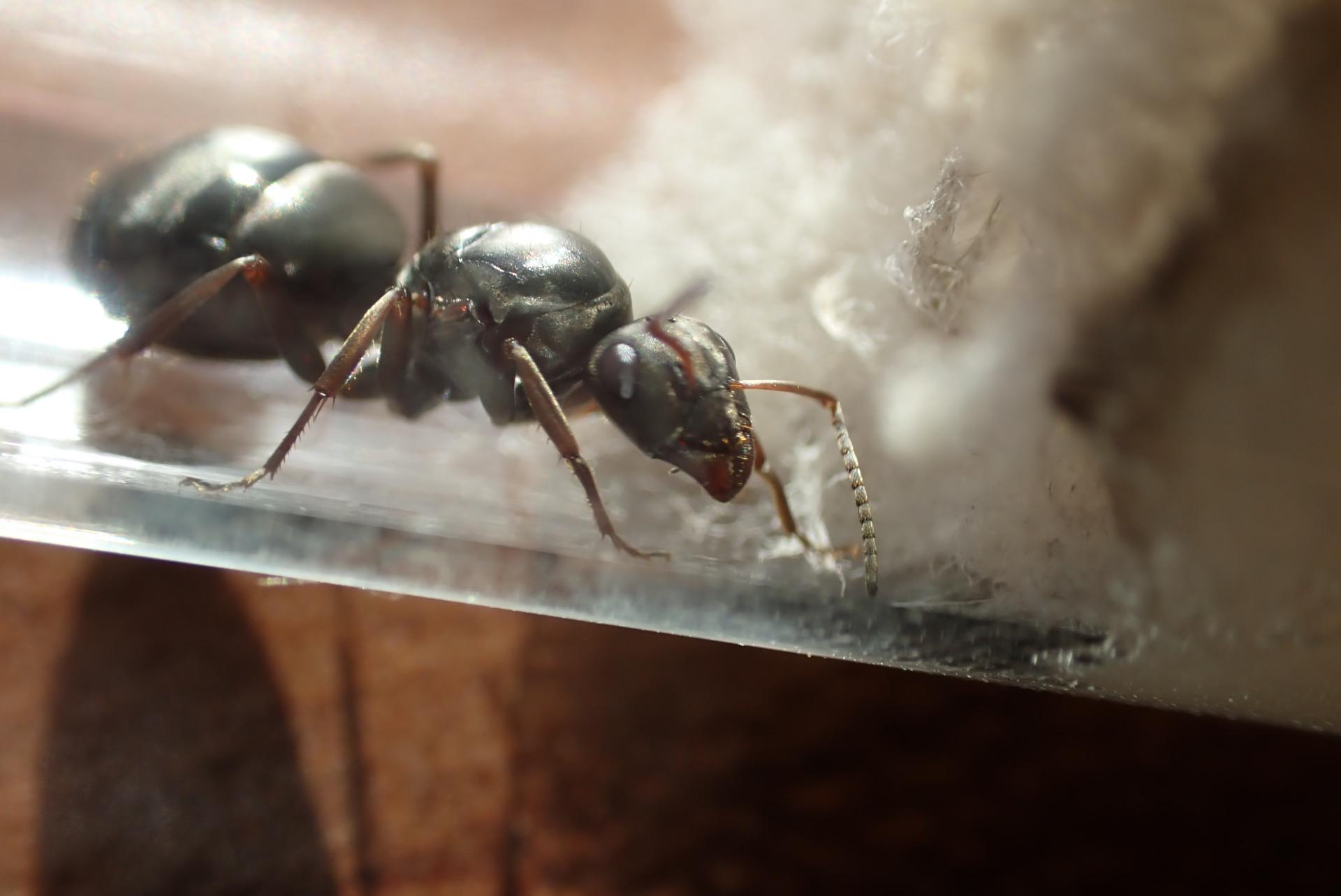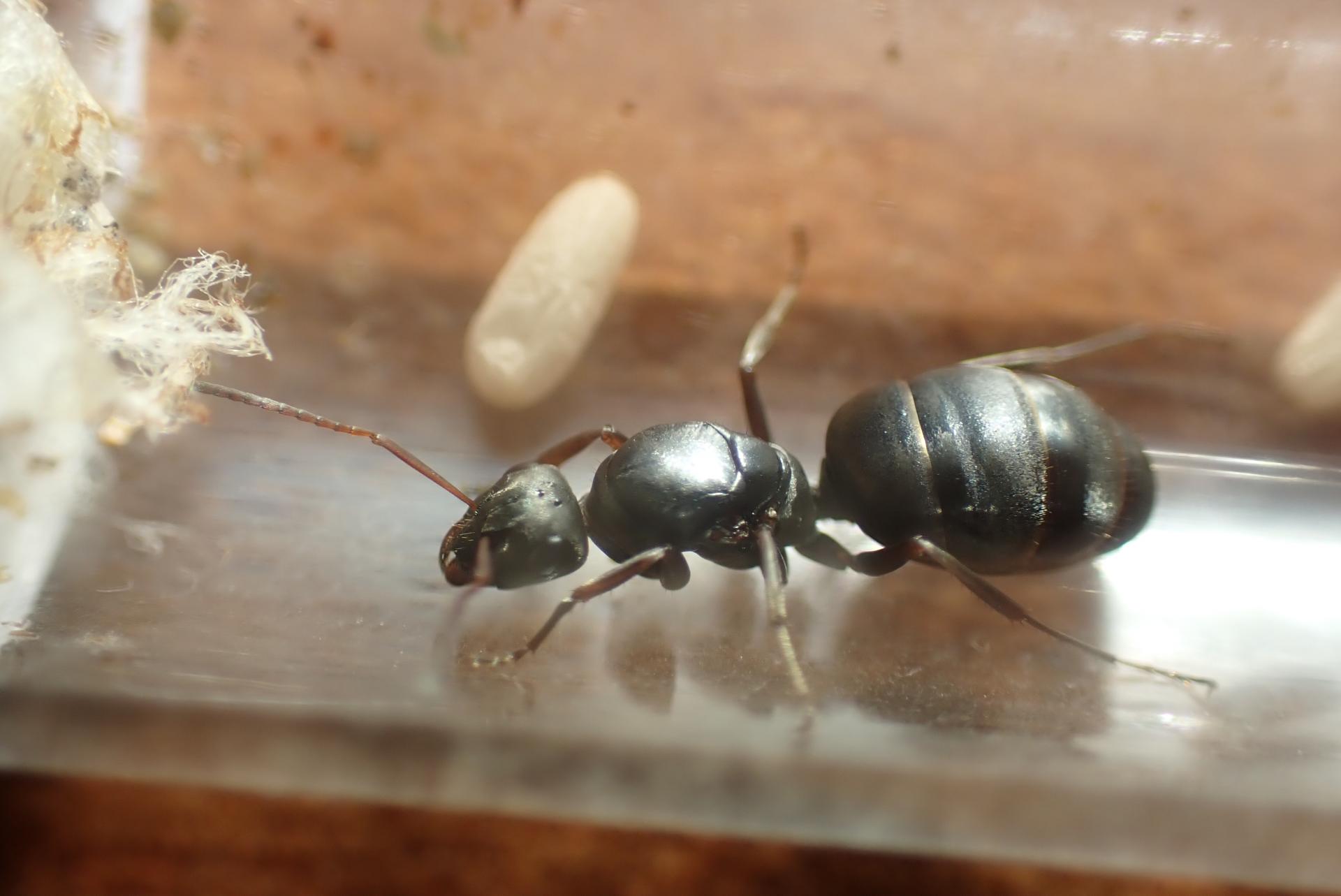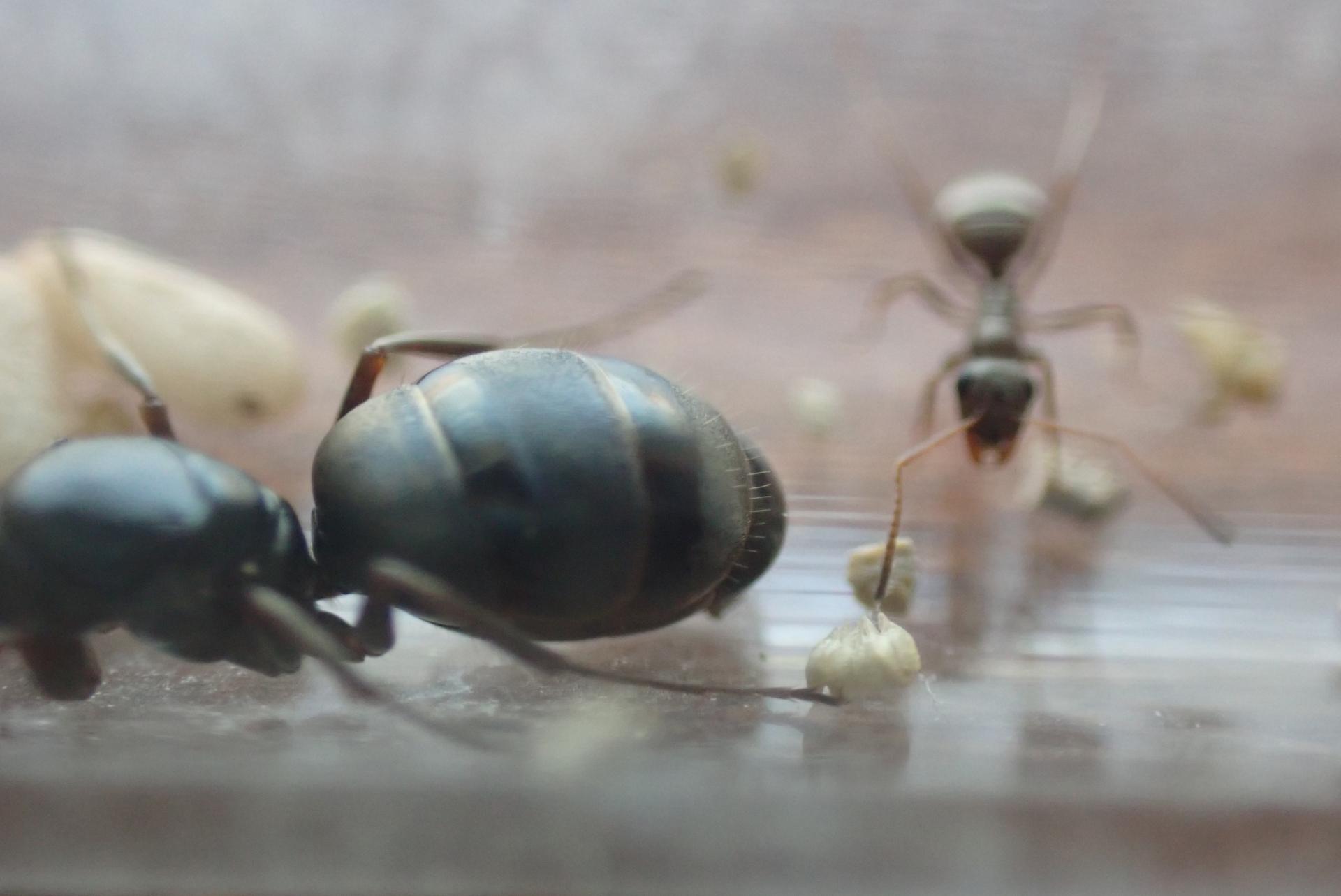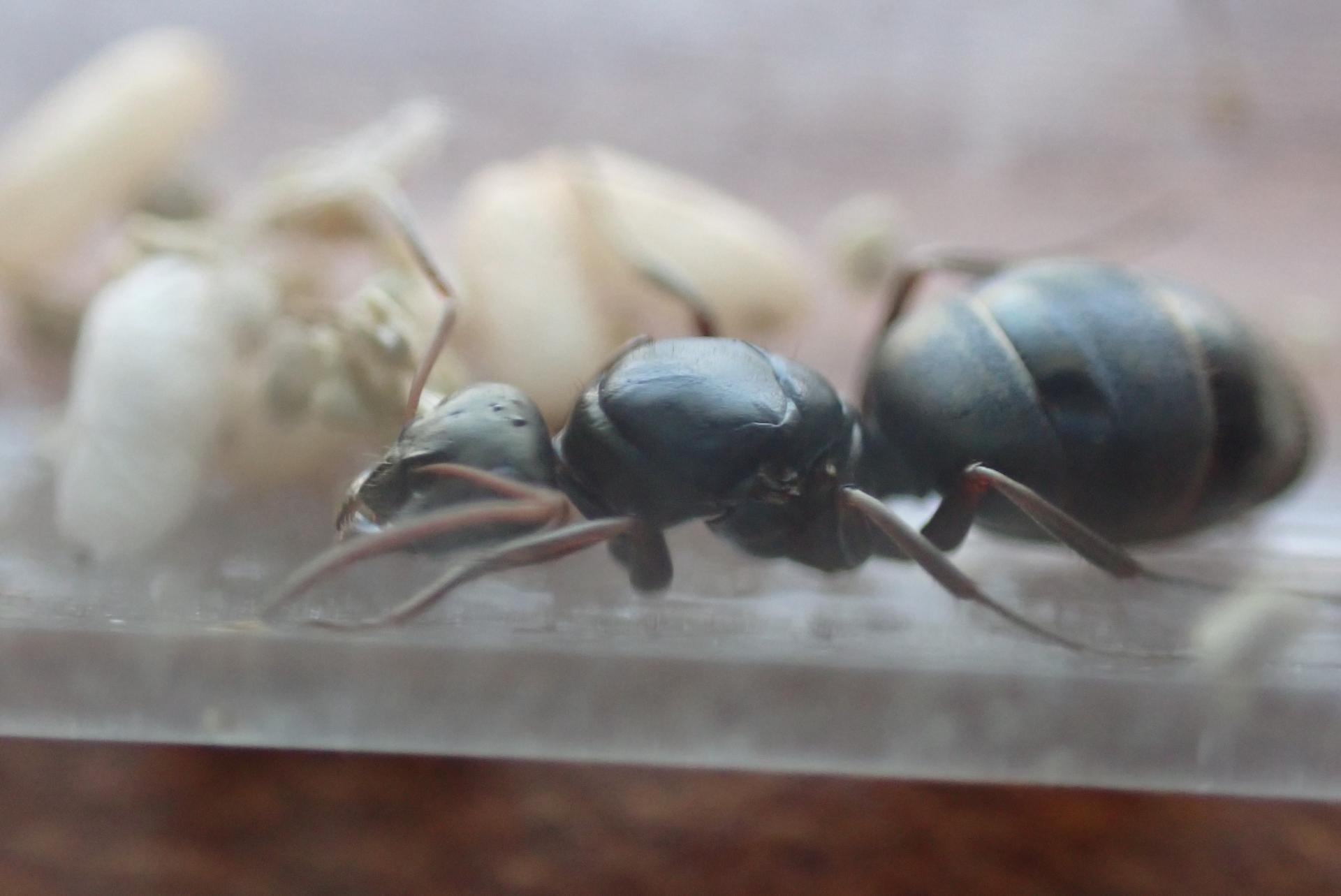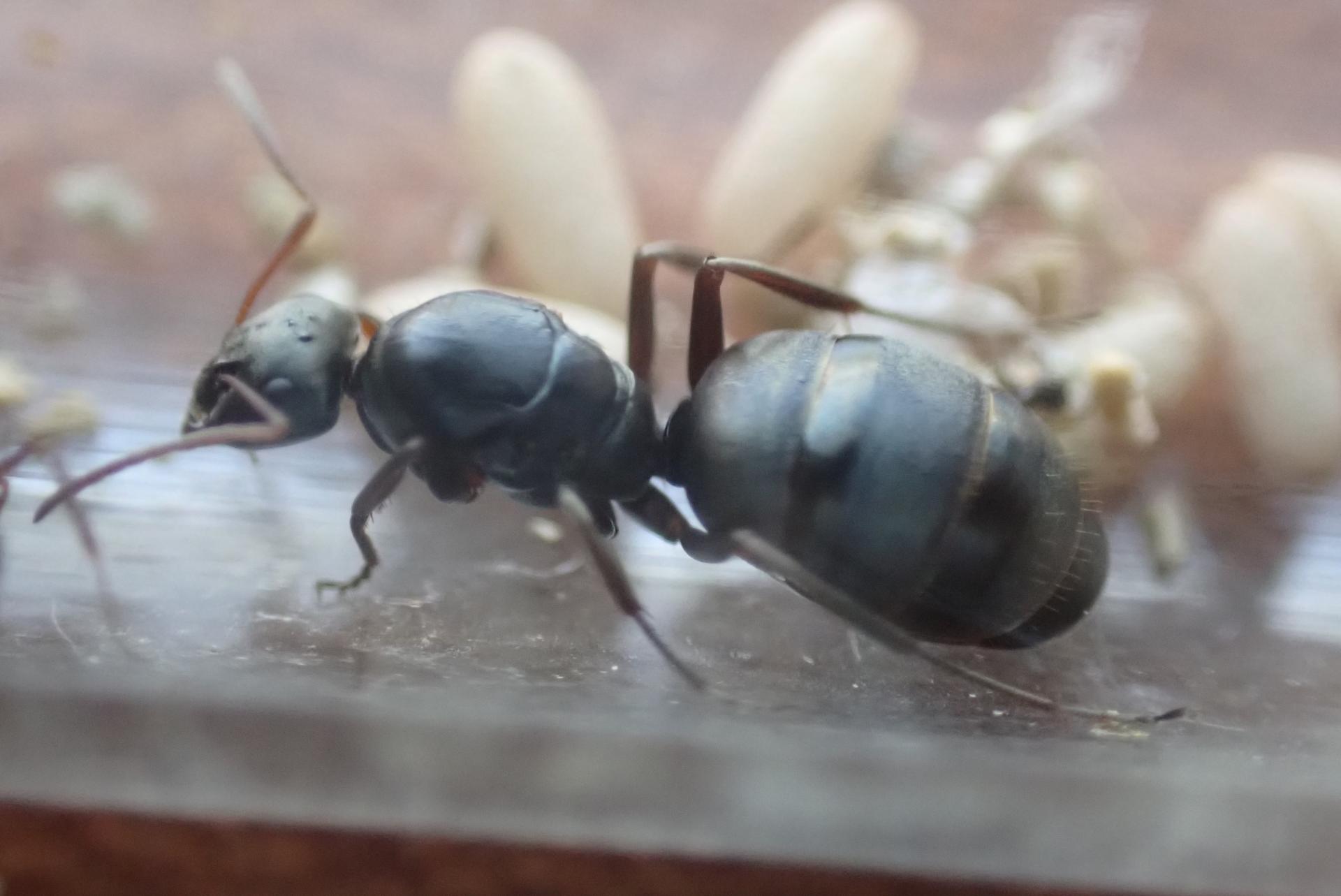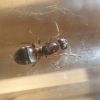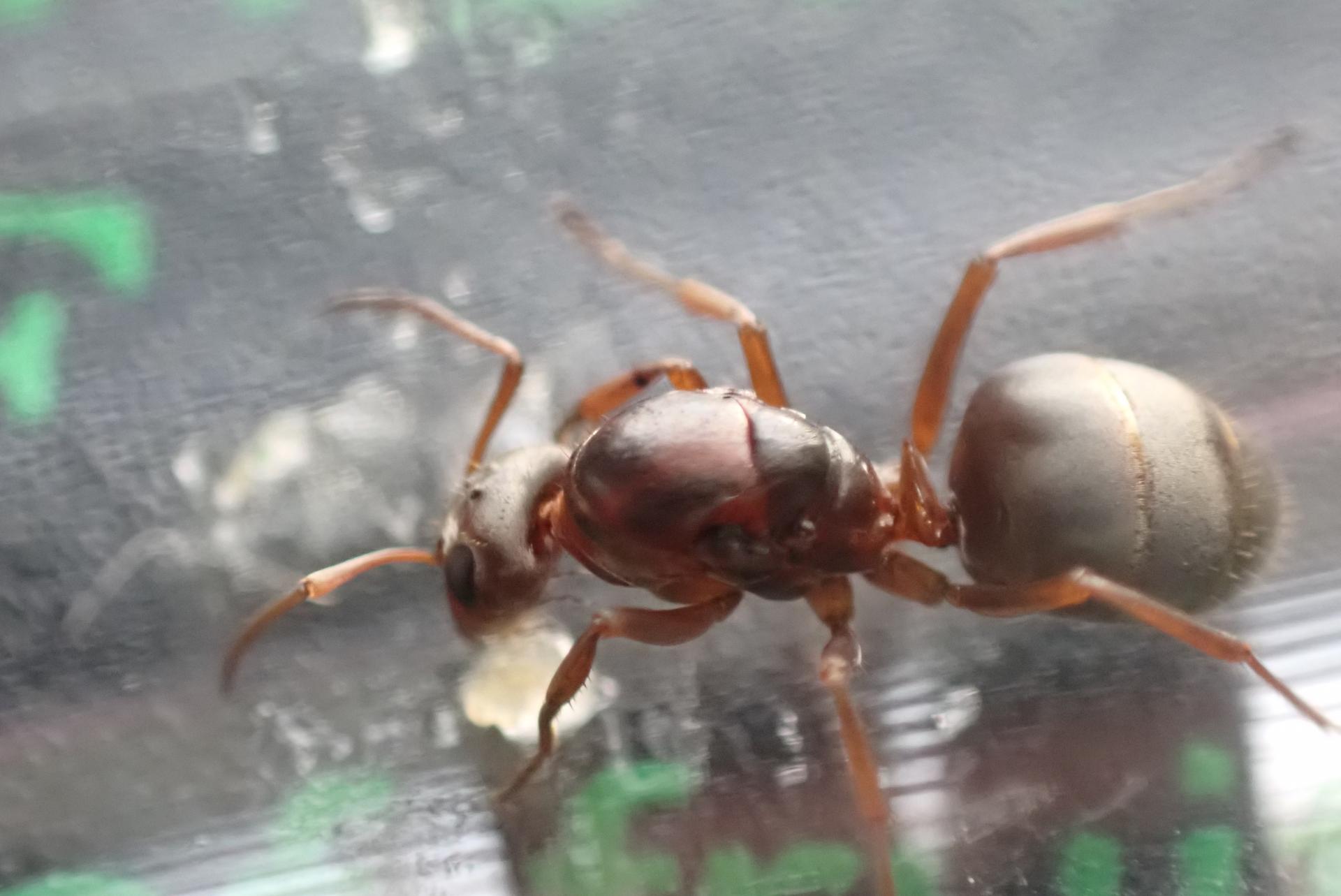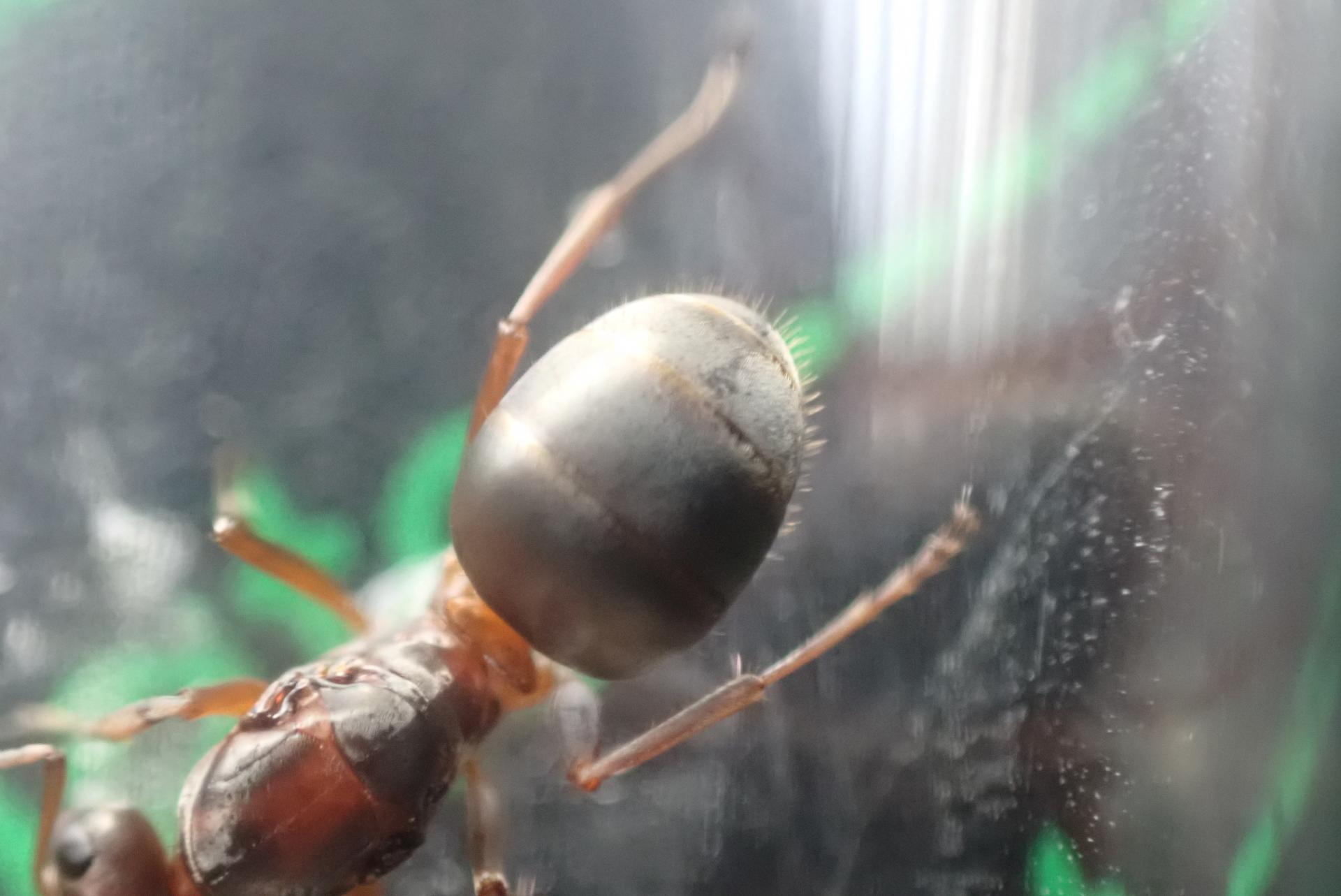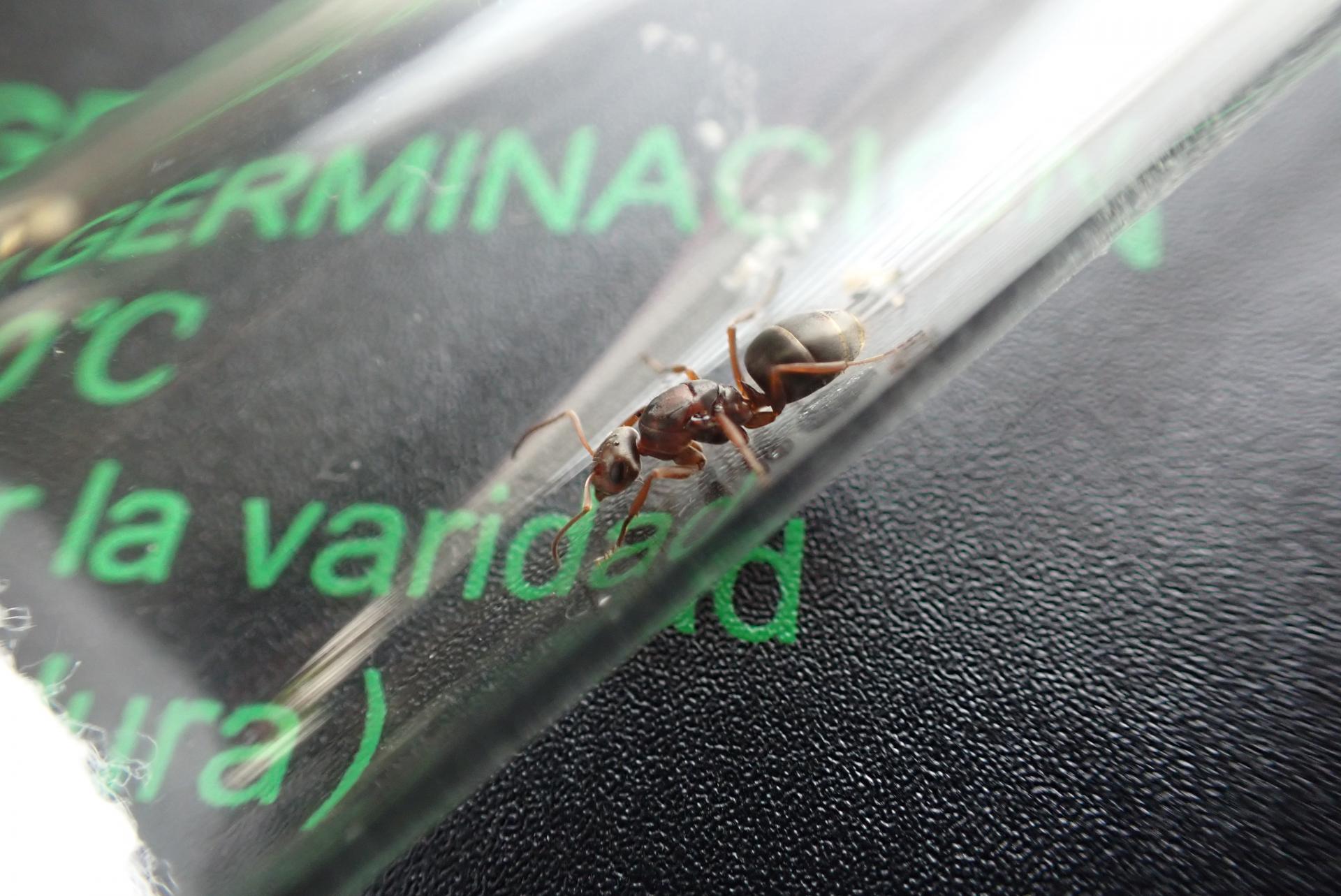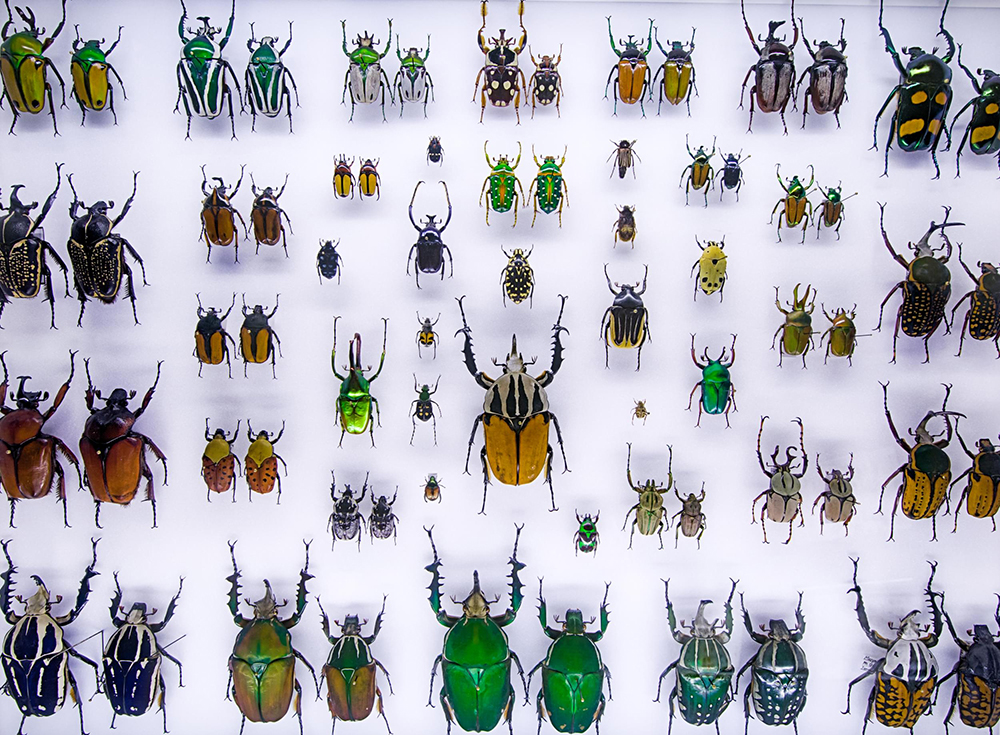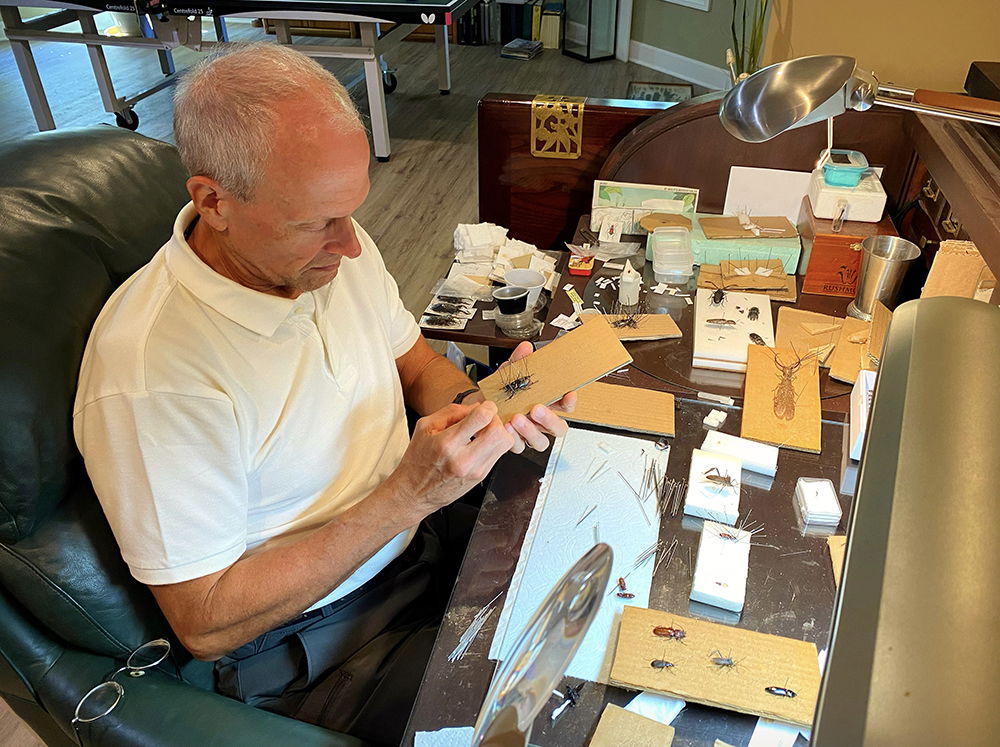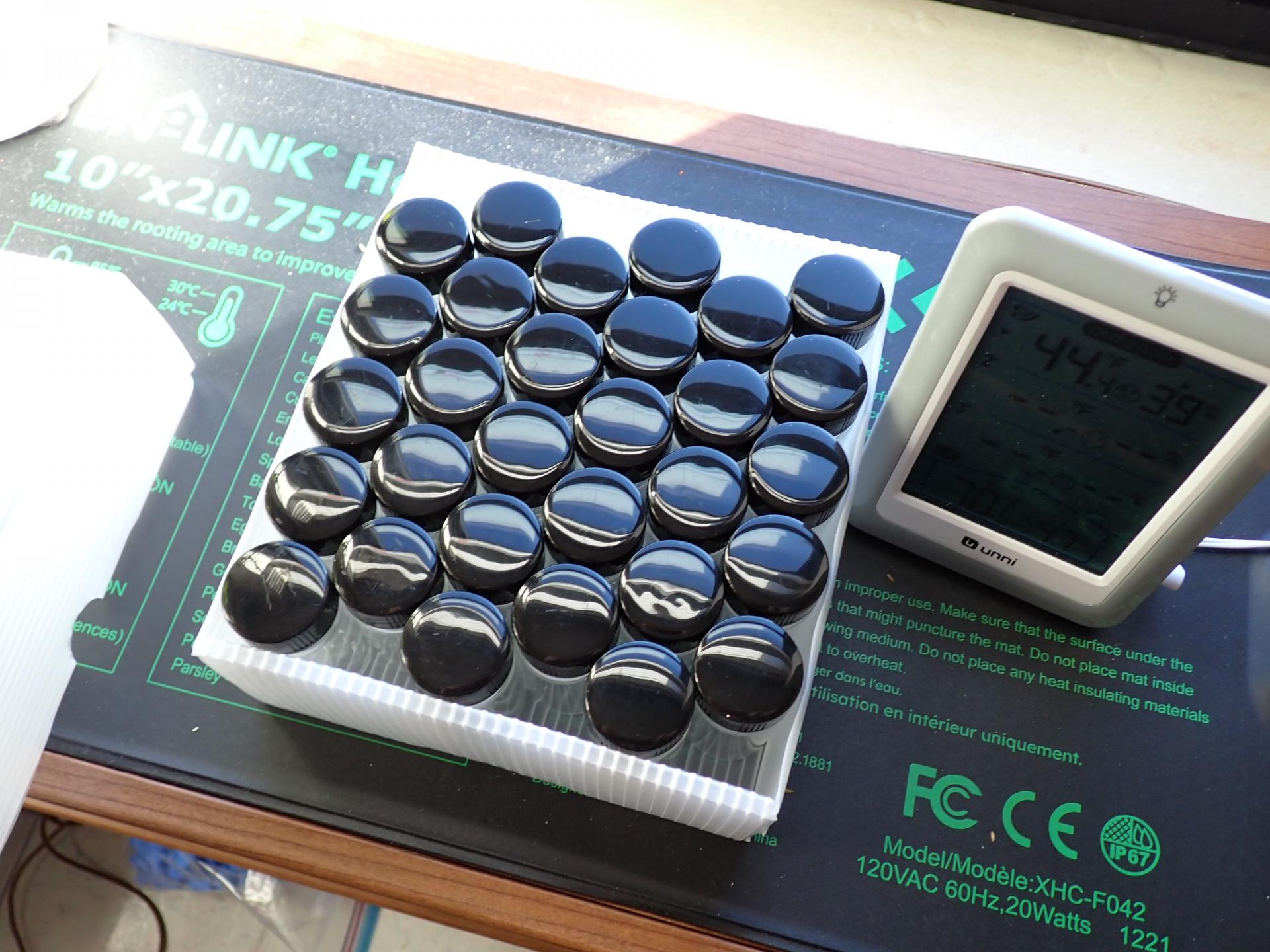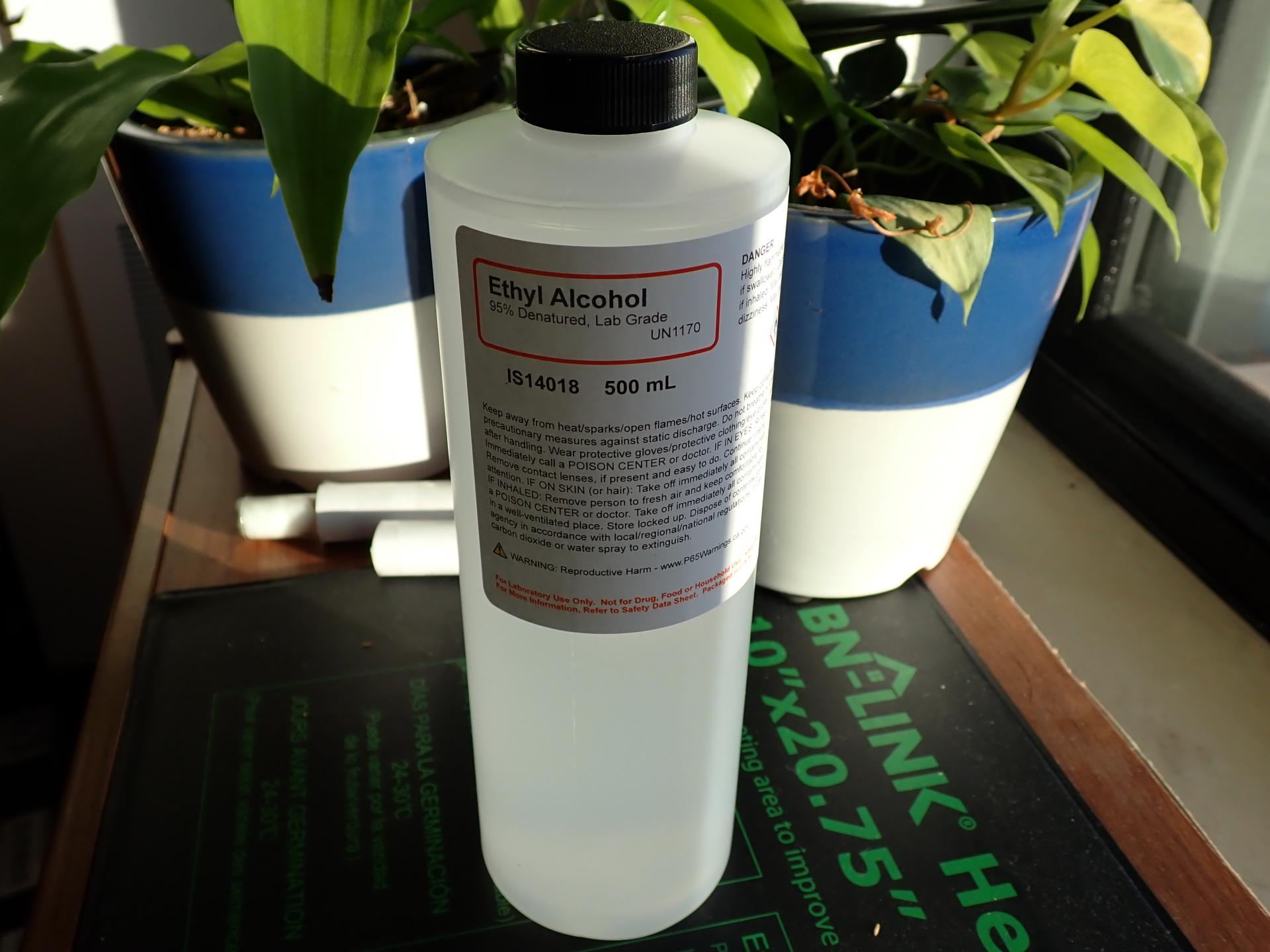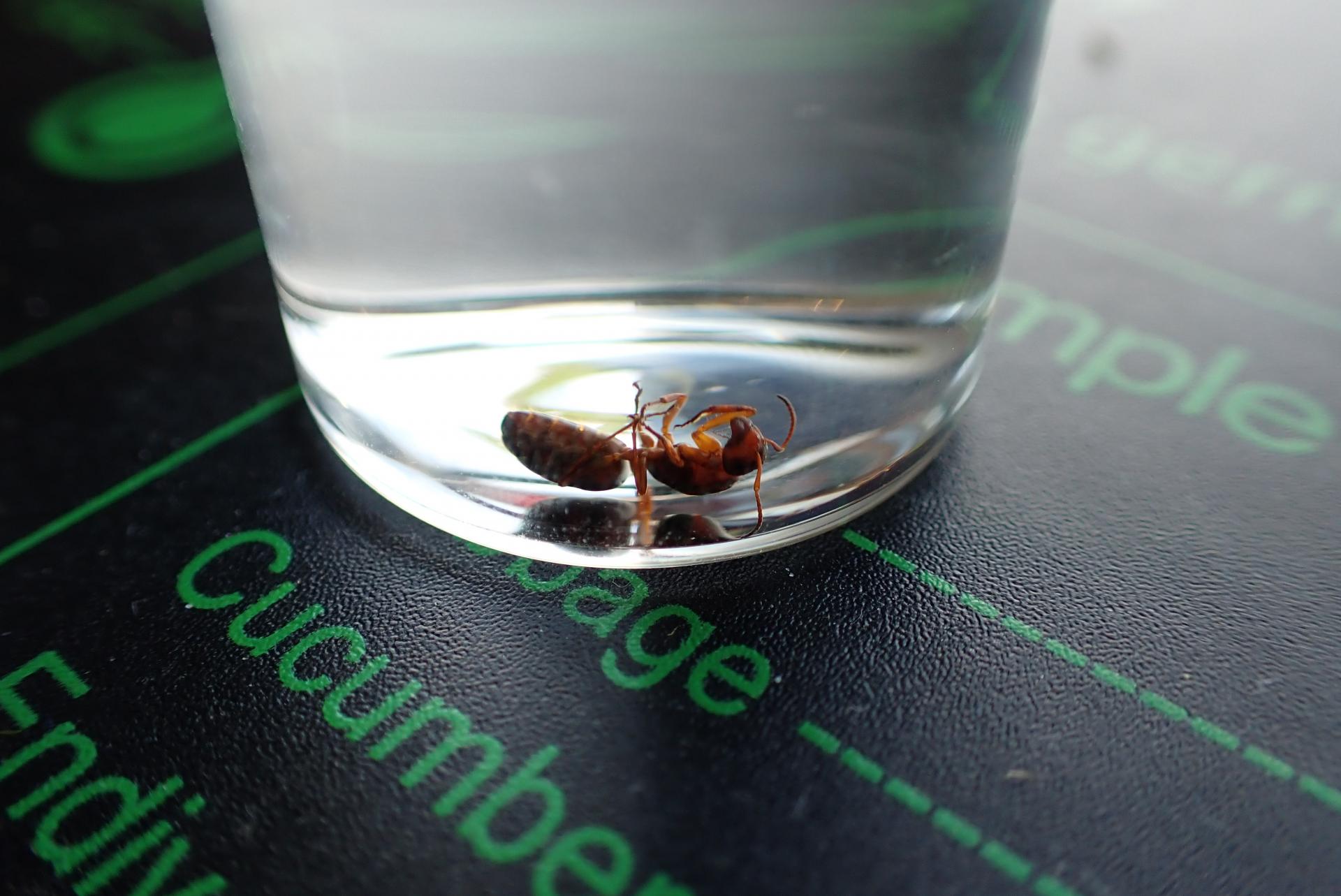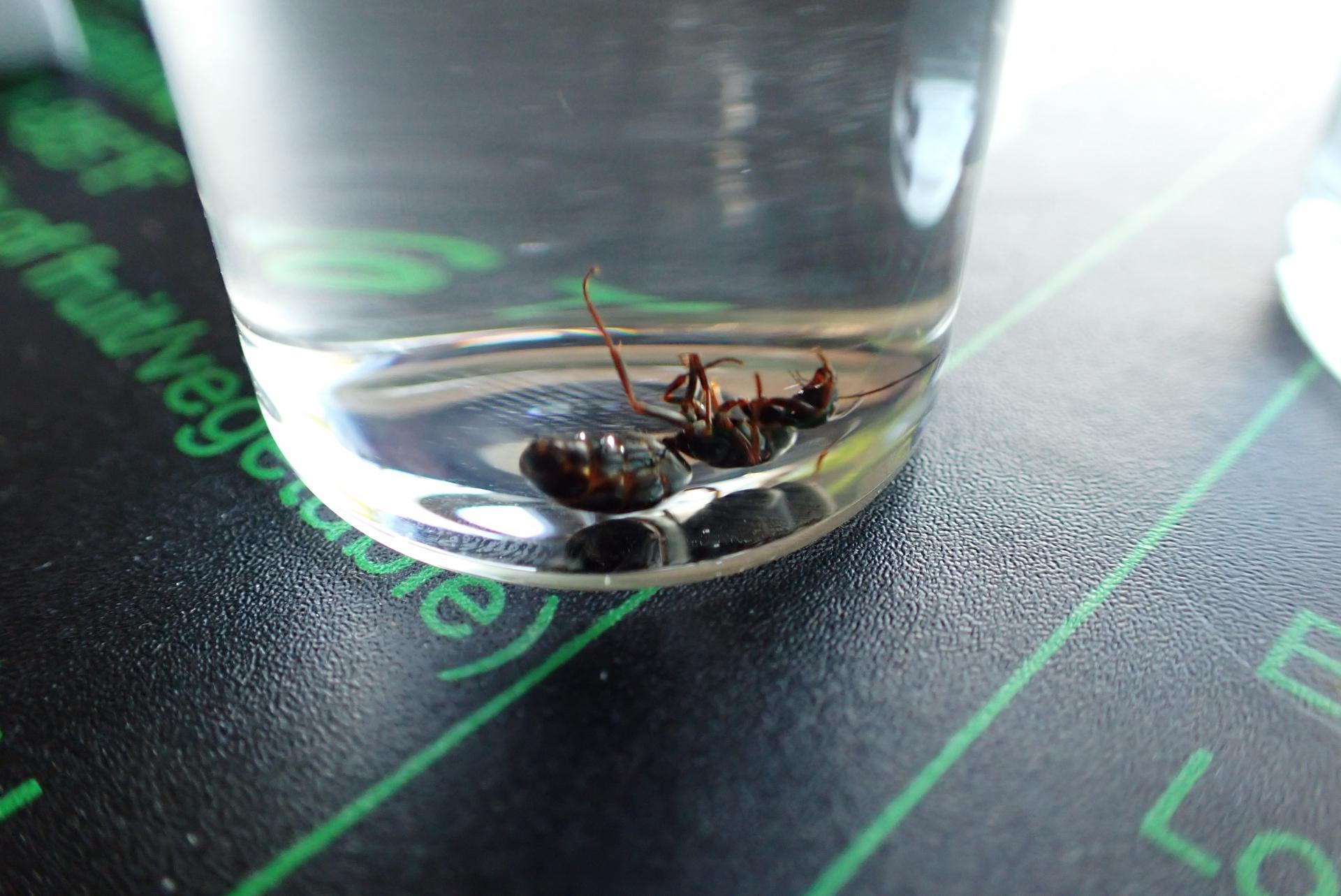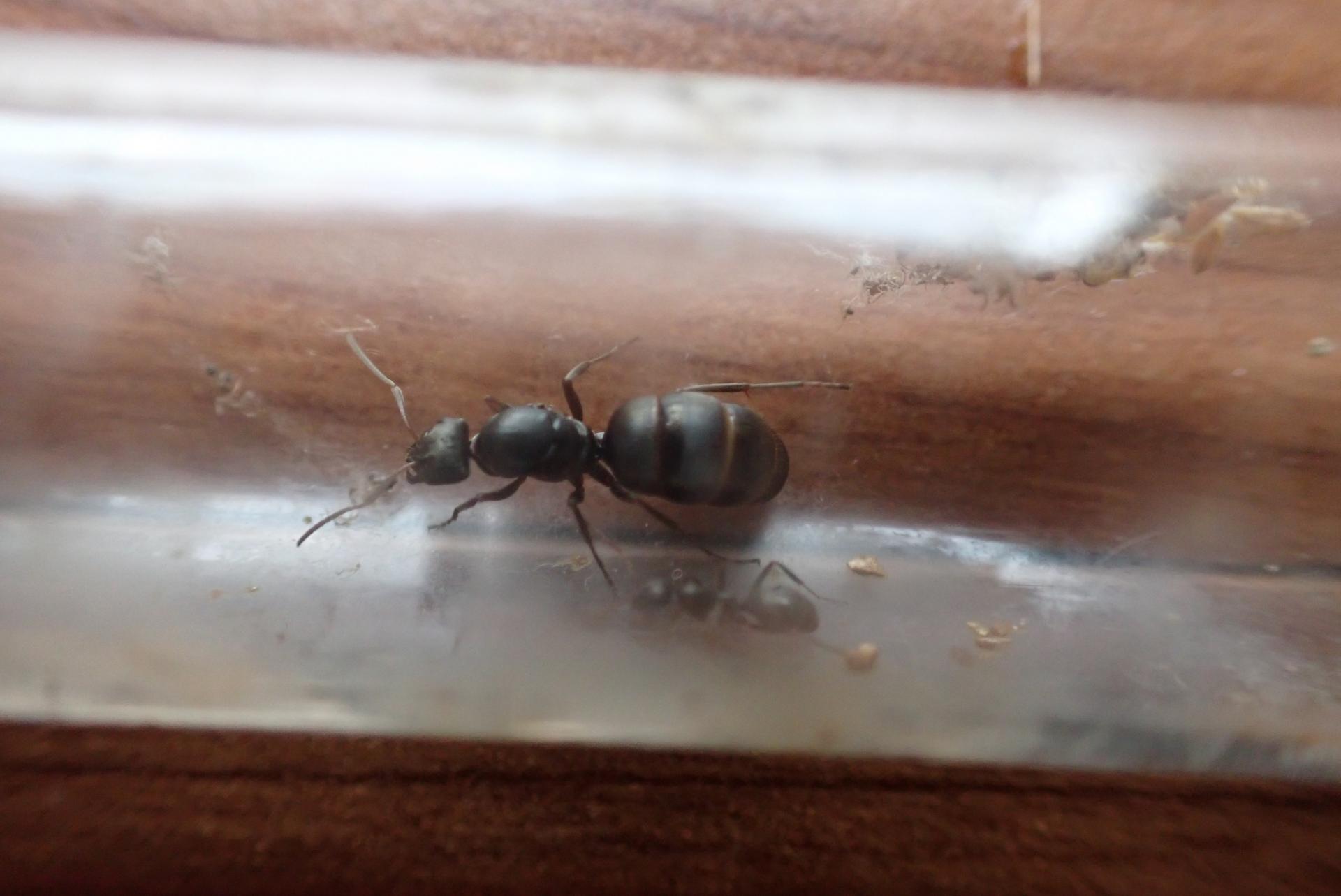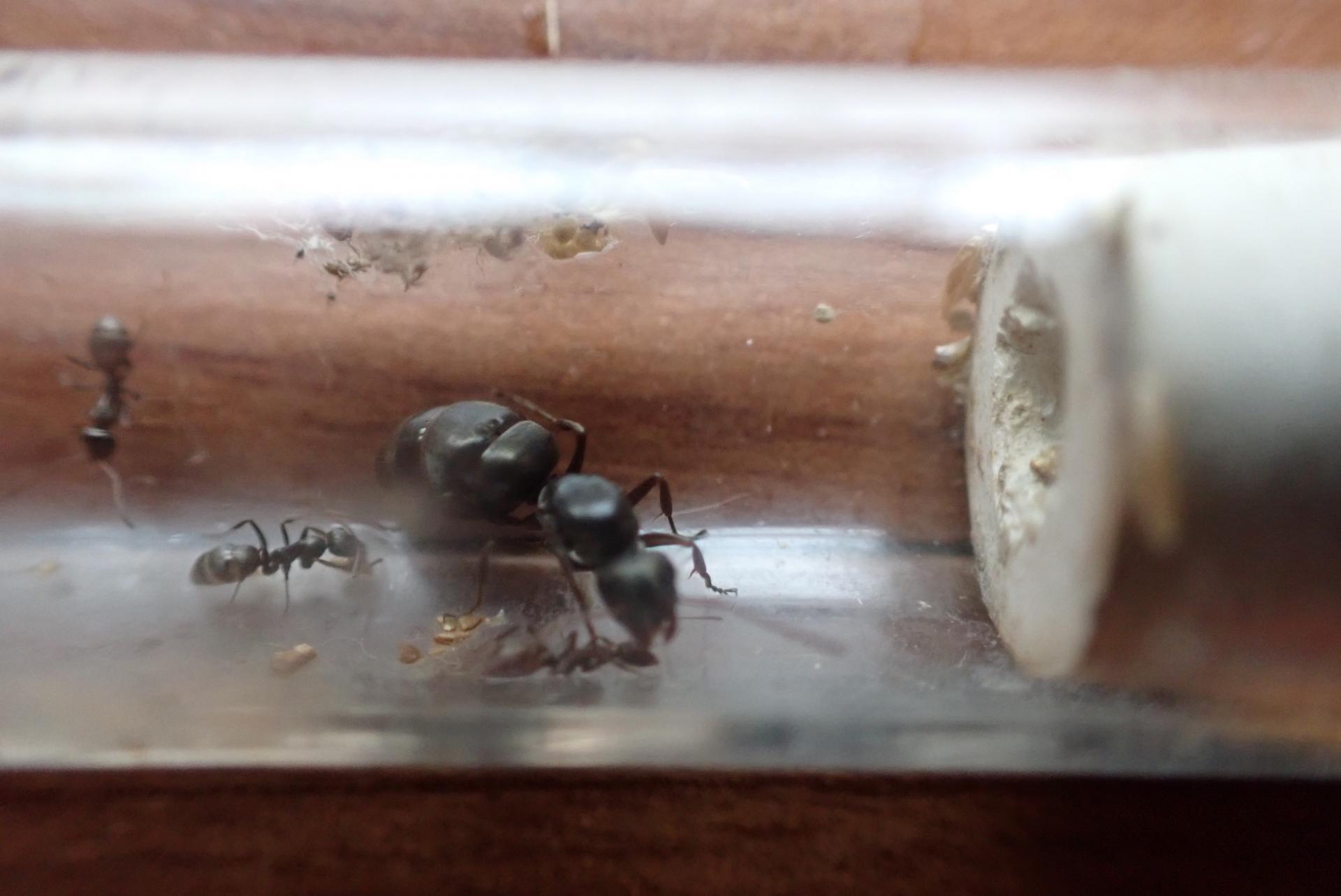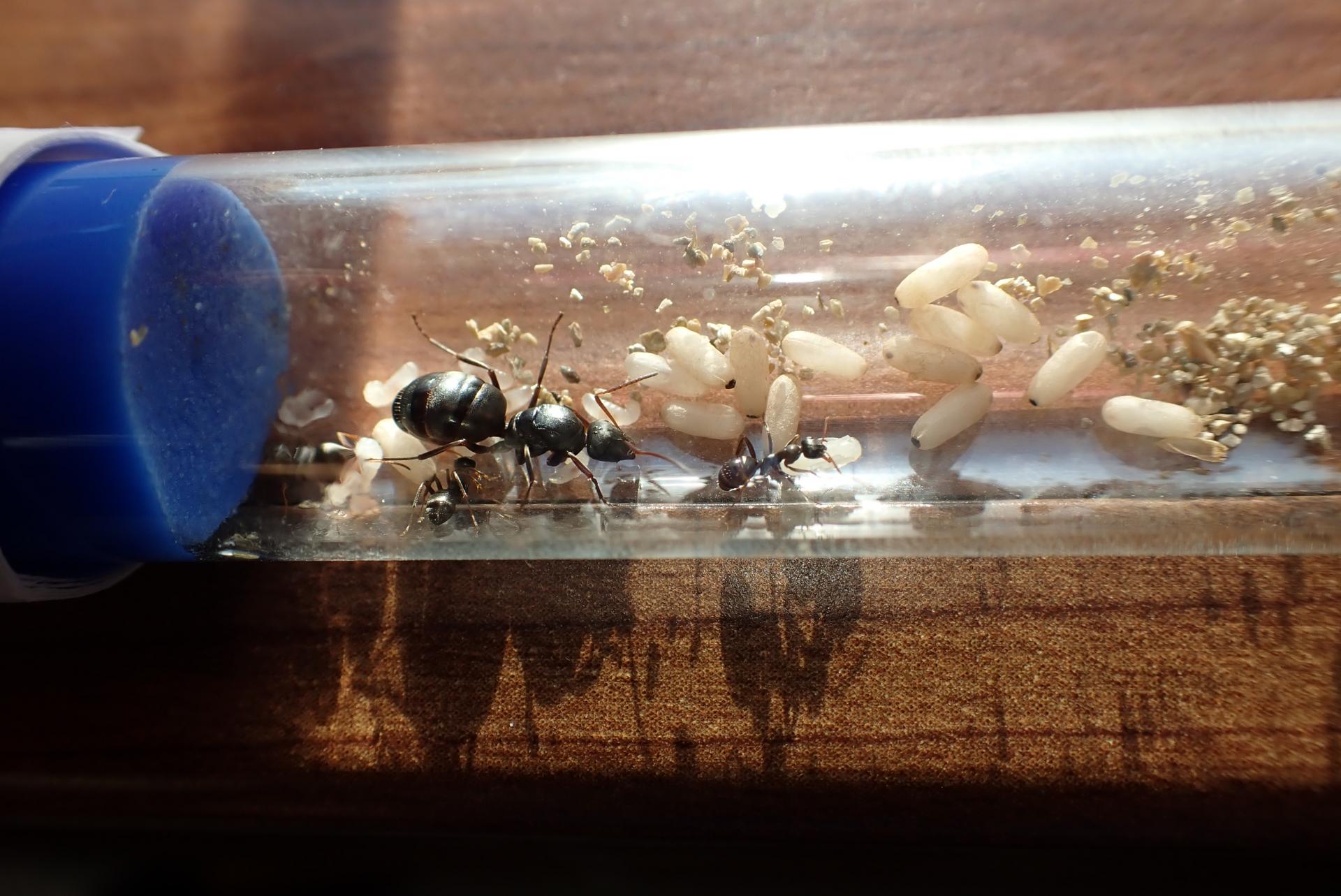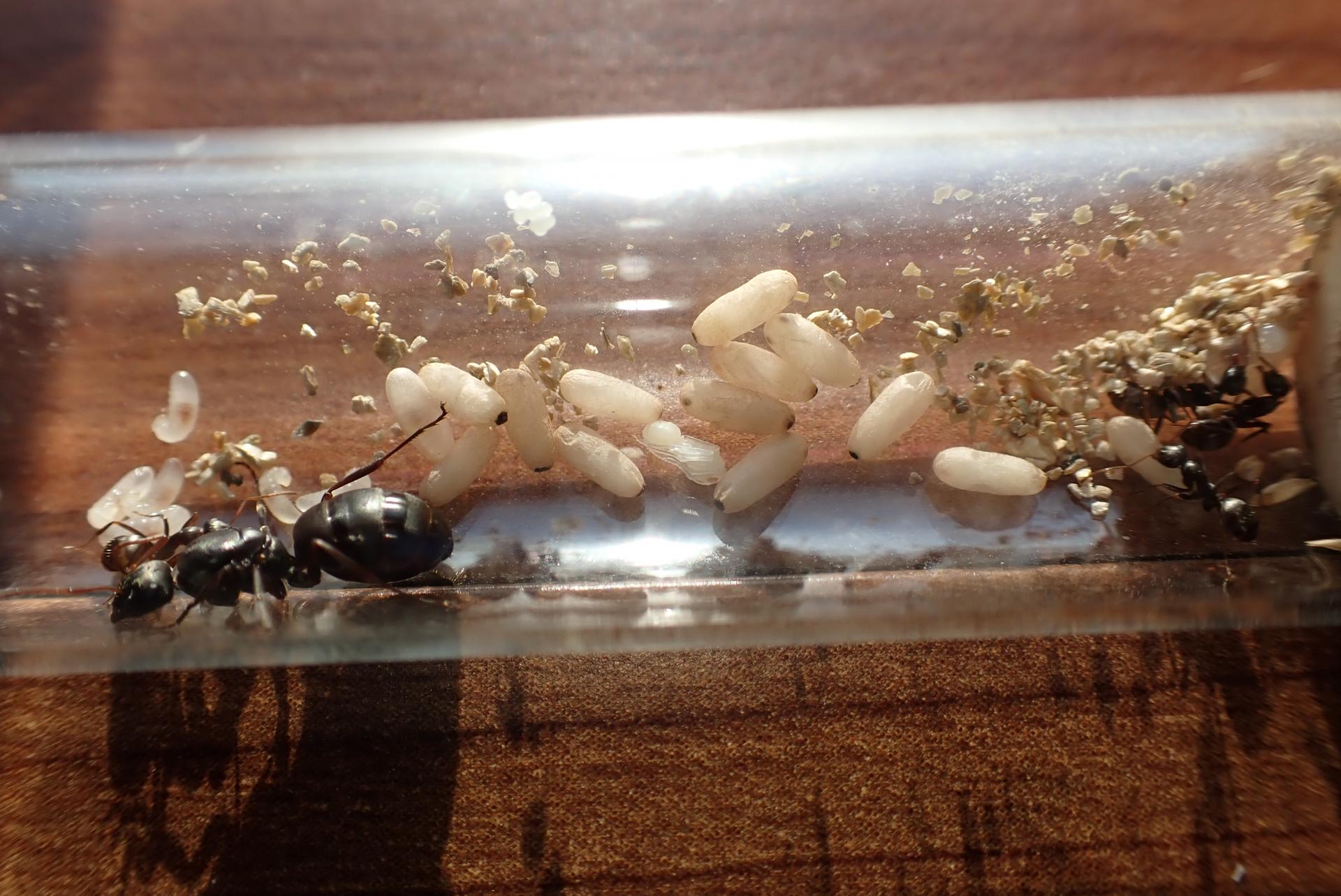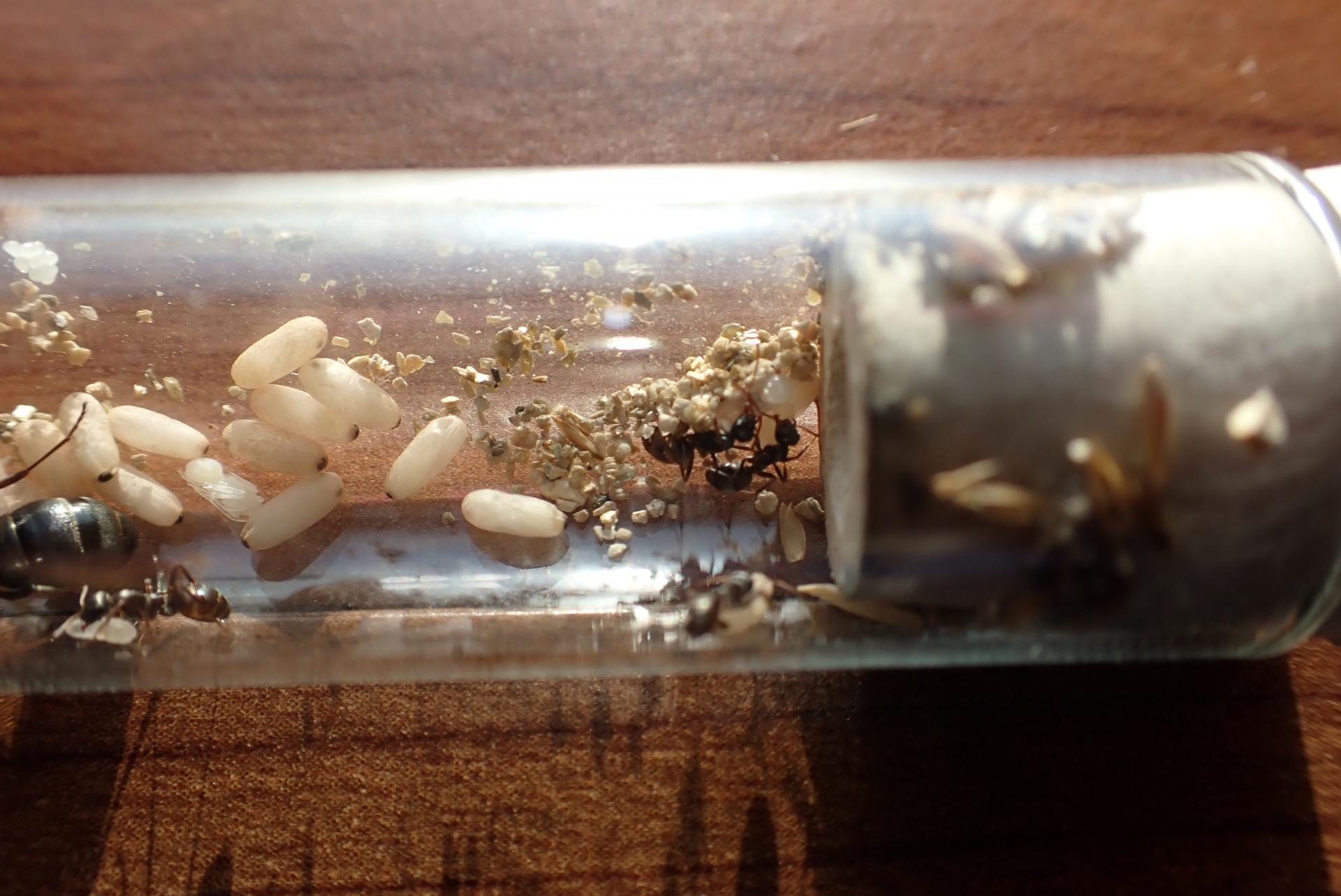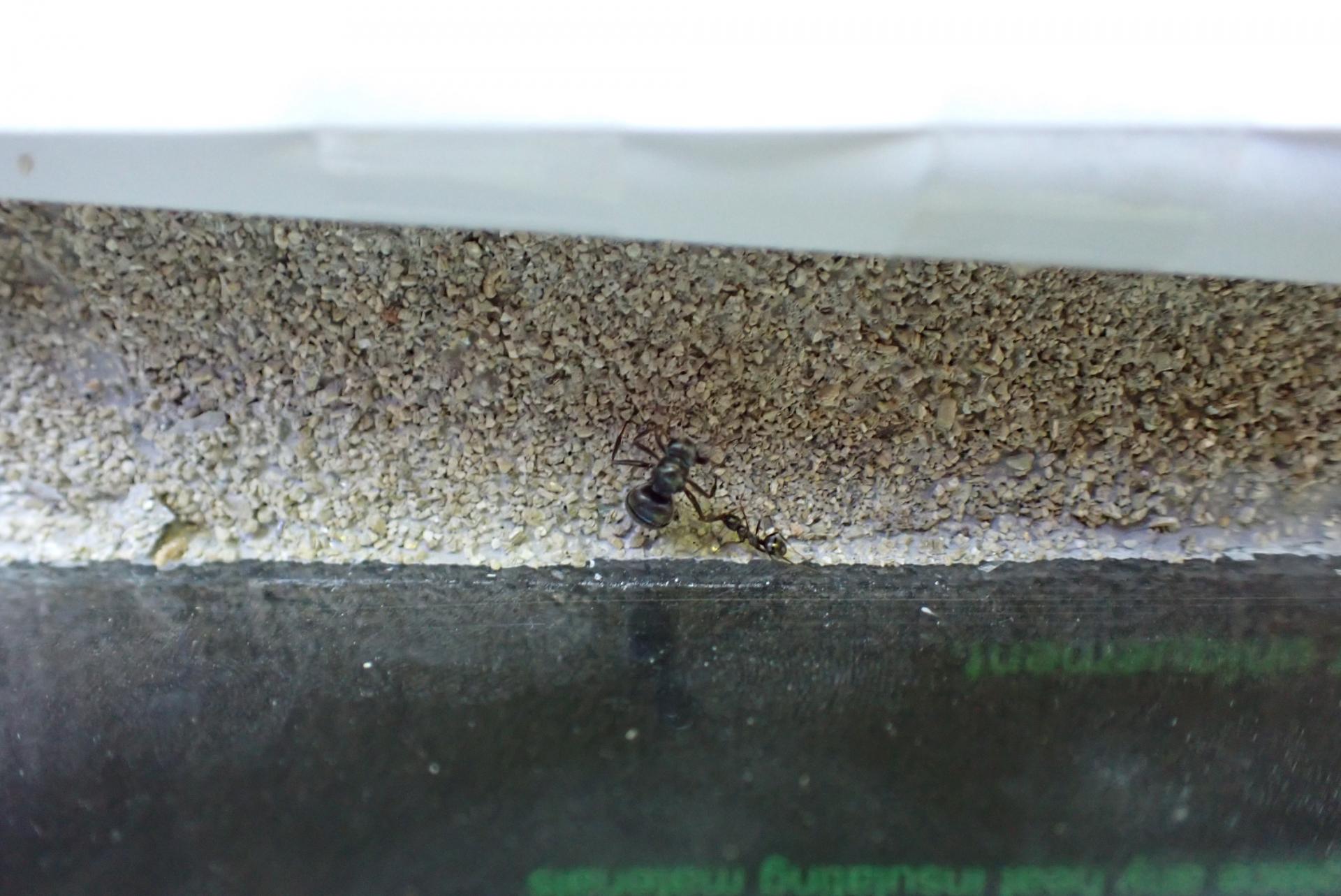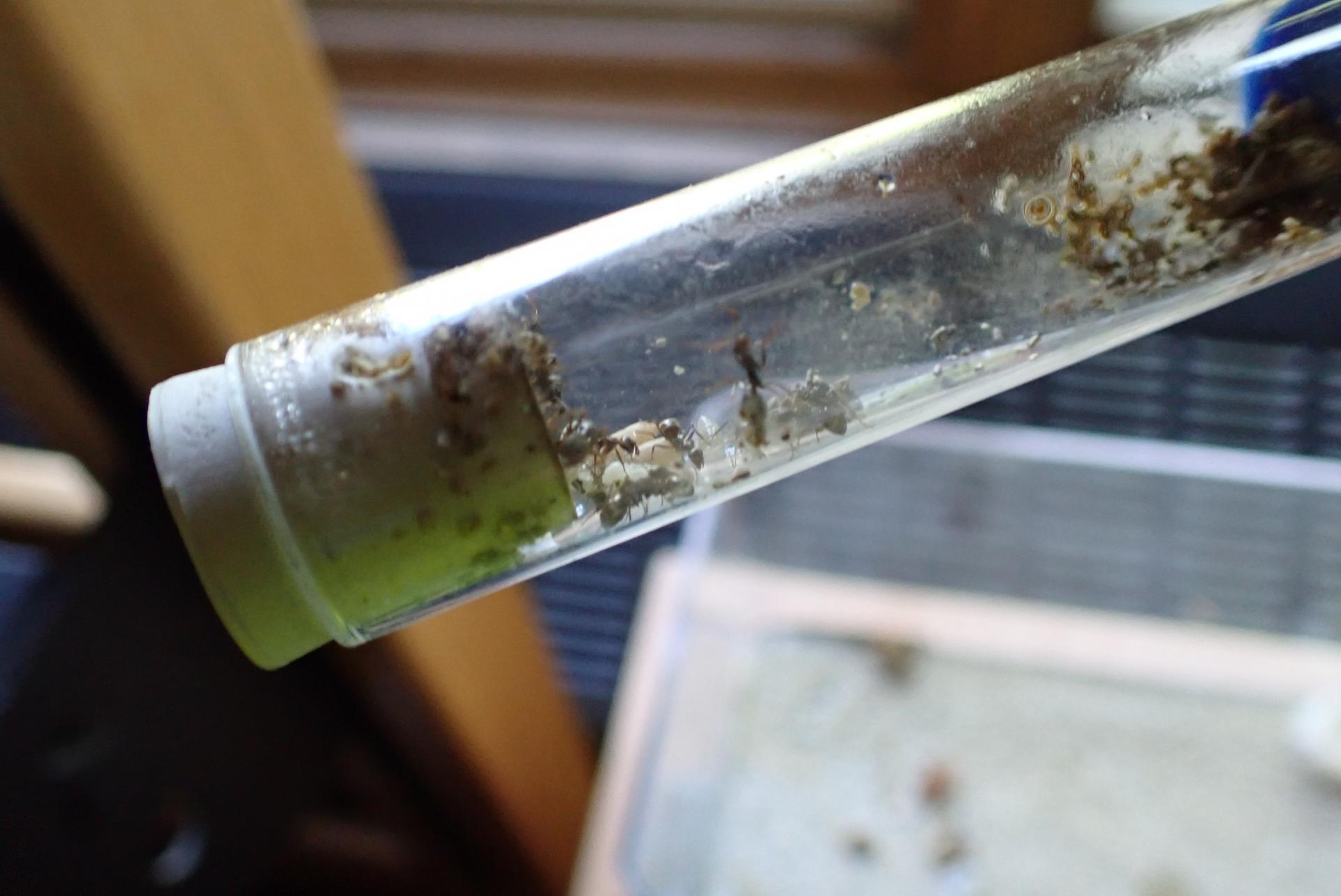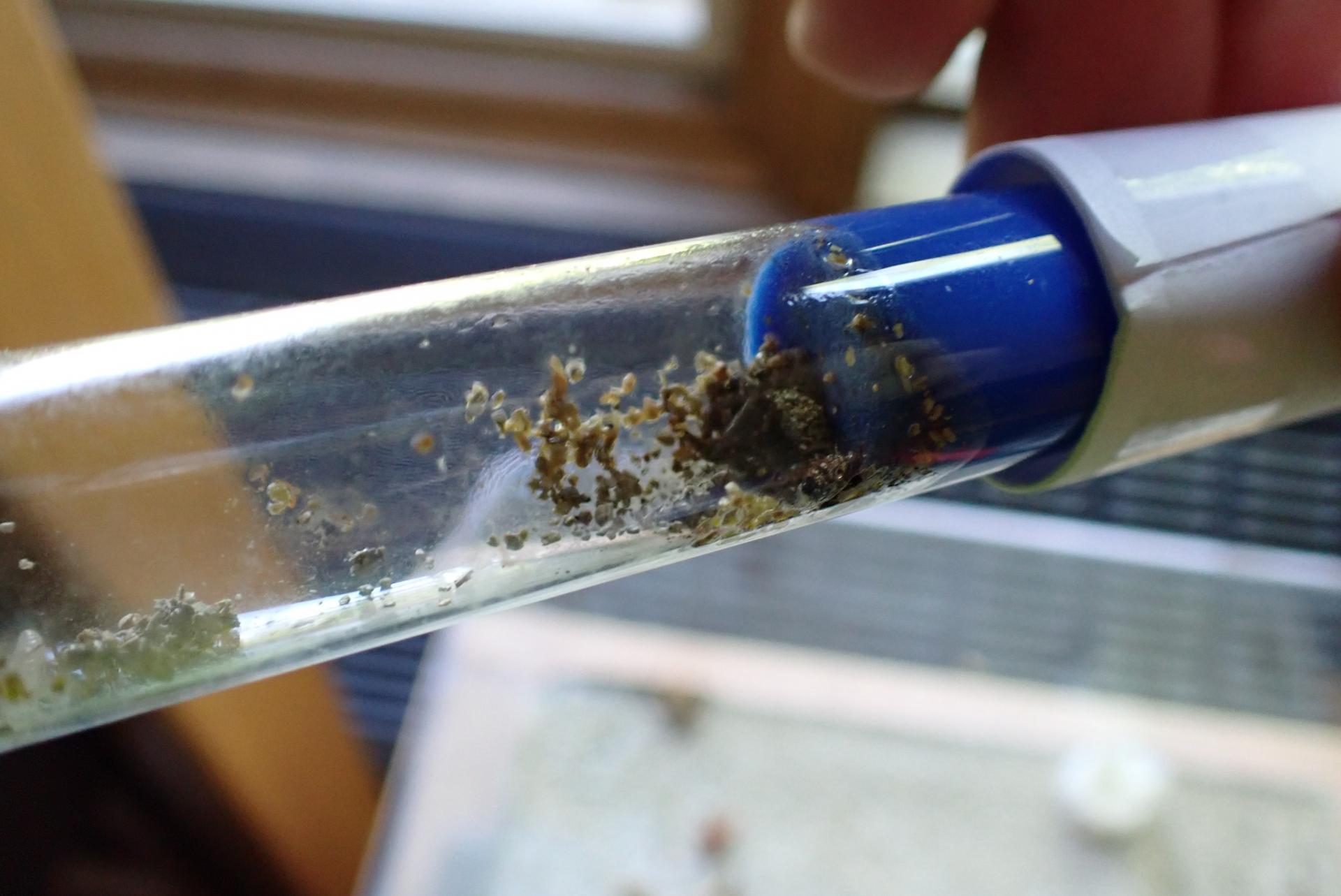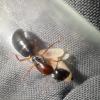Ants_Dakota's Formica sp. Journal
Entry 0: Purpose, Background, and Goals
9/20/2024
Purpose
To both inform and learn about the genus Formica. Future updates will also include a purpose to create a more structured journal.
Background
Formica has been the most diverse ant genus I have kept throughout my years in South Dakota. This is no surprise, as Antmaps finds 37 native species of Formica live here, and I am certain many more have not been recorded. I have attempted to create a Formica journal here, but I just never got around to updating it. That year was the highlight of my Formica experience, with multiple rare species. Sadly, I was super busy with many other things then and did not care for my ants properly, something I truly regret. With a renewed collection, albeit a more common one, as well as a more organized and professional dedication to nurturing strong and large colonies, I begin again.
Notable Journals
It is only fair to include multiple journal in this section that are both relevant to this species as well as explore the topic of Formica in South Dakota. Put on your goggles, we are time traveling folks! RushmoreAnts, a very close friend of mine, as well as the person I started keeping ants with nearly 10 years ago, began a journal around 2020 documenting a species of Formica that I gave him. This was a Formica fusca group queen, likely in the Formica subsericea category (F. subsericea, F. argentia, F. podzolica). Ants4Fun, another South Dakotan ant keeper, and someone on the forum since nearly the beginning, began documenting another fusca group queen here. He has amazing macro shots, I would recommend you go check it out. My first journal documenting Formica also came out around this time, found here. Throughout these journals, multiple species of Formica are showcased (in some of them less well, like mine), highlighting the diversity and density of Formica here in South Dakota. Following this, RushmoreAnts began a fresh journal after an unknown airborne sickness struck his previous colonies, which highlighted a colony he bought from Ants4Fun. It is well done, and I would recommend taking the time to check it out. At this time in RushmoreAnts and I's ant keeping journey, we had found Formica queens pretty consistently, but had little luck raising them beyond 15 nanitics. Fast forward around 2 years, and both RushmoreAnts and I have gained a lot of knowledge from this forum. I began my aforementioned Formica journal linked in the background section, and RushmoreAnts started another general journal, found here. Although none of the colonies in either journal ended up surviving, Formica had become a genus I was fascinated with. I remarked numerous time to RushmoreAnts about how I wanted to research Formica more because of how understudied they were. So, this journal has been created. In present time, two important journals for Midwestern ant keepers exist, both from RushmoreAnts. Firstly, his claustral Formica journal documents a mix of both rare and colorful as well as common and "plain" species that can be found here in the midwest. Secondly, his Parasitic Formica journal documents his multiple parasitic Formica queens and their progress. This journal is especially exciting because this is one of the coolest draws of the Formica genus; every type of social parasite exists in it!
Myrmecologist engagement requested!
Like my other more recent journals, discussing Lasius and Micro Ants, I want to take an in-depth approach to documenting my colonies. This is just as much of a learning experience for me as it is for you, and I greatly hope that more experienced ant keepers than myself, especially myrmecologists, will comment on this journal to reframe my understanding or give useful tips they have discovered with IDing or pinning. There is a lot that they have learned over the years, and although this forum can at times be full of young children posting five word responses, there are still those of us who wish to learn from them. My hope is that anything they post in this journal can be read by others and reach a broader audience who will appreciate it. If you are not a myrmecologist and want to post, feel free! Questions, comments, personal experiences, and recommendations are all wanted. I only ask that you take the time to use correct grammar and post thought-out responses. This is a great example, as well as the main reason why I make these journals.
Identification
A main pillar of this journal will be the identification of Formica, one of the more difficult genera to distinguish. Especially on Antwiki, Formica is incredibly poorly documented. While Lasius has a handy description of commonly confused species and how to distinguish them, Formica has next to nothing (I challenge you, count the amount of applicable information contained here vs here, it will astonish you). Beyond that, images of queens in the Formica genus are rare and the ones that do exist on the images of a google search are questionable at best. Many don't even exist (search Formica altipetens and click on the images tab). Beyond that, the images that do show up may be misidentified by a hasty ant keeper. A great example of this is Formica subsericea, the go to name for any black fat Formica (I made this mistake too, just read my journal). Therefore, I will be taking a detailed and methodical approach to identification. This will definitely require some learning on my part, as well as experienced IDers to step in and guide me through how to use a key. For me to start writing this journal, I need this ID post to be answered, whether with concrete evidence, a request for more information, or the likely species group (ie. likely F. subsericea, F. podzolica, or F. argentea). Each species I document here will have an ID thread posted so that I can outline what it takes to get a firm answer on an ant species.
Recommended Reading
In this journal, I am going to be referencing multiple sources that contain a lot more information than what is going into this journal. If you decide to follow along with my progress and wish to gain the most information in the process, you may want to read these.
Firstly, you will want to become familiar with the Formica Species Groups, as documented on Antwiki. This is important because if you want to ID an ant, knowing which group in which to search saves a lot of time. If you live in North America like me, this slightly outdated list by Ferox_Formicae could be helpful.
You may also wish to glance over the Formica Queen Key, found here. Although it will be confusing, I am going to reference it when ID's come up. A simple ant anatomy guide can be found here.
I appreciate if you took the time to read this, and I hope that in the future I can add to the conversation surrounding Formica. You can follow this topic in the top right corner if you wish to get email updates about posts I make.
Ants_Dakota
Edited by Ants_Dakota, September 30 2024 - 9:59 AM.




